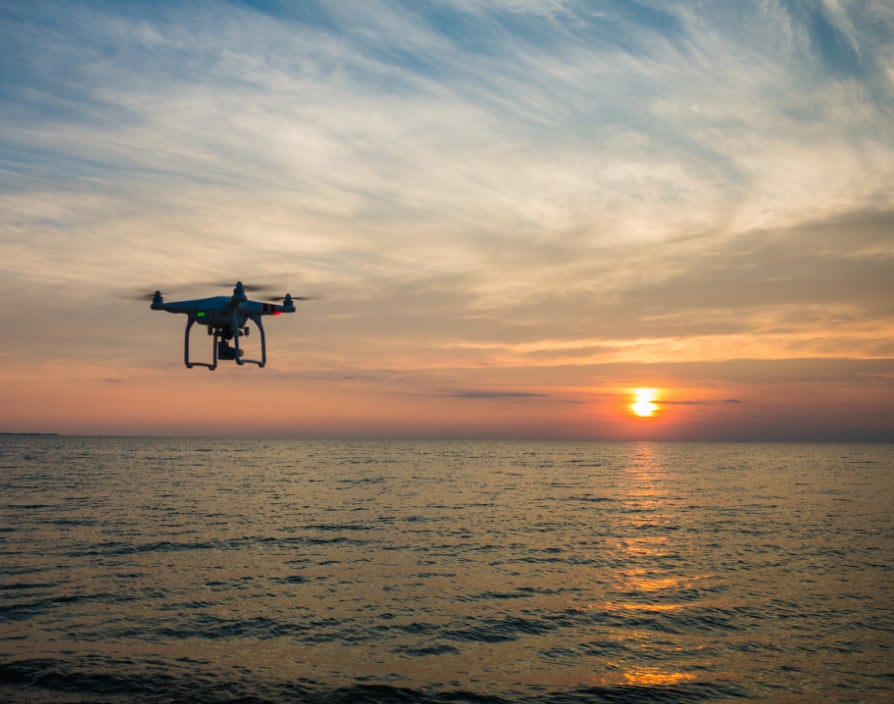Over the last decade, the hype around Artificial Intelligence (AI) has reached such a fever pitch you’d be forgiven for thinking the machines had already taken over the world. Yet in reality, real life use cases of AI in enterprise are surprisingly limited. According to a recent study, less than two in five (39%) UK businesses have an integrated strategy to deploy AI in their organisation. Further, only 49% have actually deployed any genuine AI in the last five years.
This disconnect between the realities of AI adoption and public perception can be attributed to a number of reasons; from overzealous reporting on the technology to a lack of clarity from those businesses who have deployed AI, thanks to having nobody sitting in the AI driving seat at C-suite level. Meanwhile, in a business environment where consumer demands for instant results and quality customer service continues to rise exponentially, more needs to be done to align the reality of AI adoption with its perception. Here, we take a look at a number of concrete examples where AI has been successfully taken from proof to production in enterprise.
Protecting the environment
Looking to the sea, over-fishing has resulted in countless species and their habitats becoming endangered in recent years. However, the government of Indonesia has become the first nation to deploy AI to protect its inshore waters from illegal fishing in order to police its fishing caps on endangered species. The AI it uses has been trained to detect various vessel movement signatures from the huge data sets gathered by the government. This enables the Global Fishing Watch AI system to distinguish those boats that are fishing legally from those who are not; and is even able to differentiate methods of fishing with upwards of 95 percent accuracy.
Moving back on land, the rising temperature of the planet has significantly contributed towards food shortages across a number of key crops around the world. In response to this, and an ever increasing population, scientists and farmers have worked to deploy AI to support sustainable farming. Predictive machine learning models are now being harnessed to track and predict the impact that changing weather fronts will have on crop yields, while agricultural robots harvest crops at significantly higher volume rates than their human counterparts.
Driving efficiencies in finance
Financial services has a reputation as slow, inefficient and yet fundamental to modern day life. One of the first industries to harness AI successfully, deploying the technology has helped to drive efficiencies in terms of compliance, competitiveness and cost over the past few decades. In customer service, AI in the form of chatbots are now the norm; providing consumers with virtually all the self-help solutions they require 24/7 every day of the year. With younger generations relying on mobile banking to manage their finances, AI-backed systems can track income, spending habits and monthly expenses to help them become savvier with their spending. Not only does this help consumers, it also provides banks with a receptive audience for new products, enabling them to stay competitive in an ever crowded market.
On the trading floor, AI-driven investments accounted for a trillion dollars in revenue in 2018 and are set to continue to rise in the coming years. Able to monitor massive quantities of both structured data (spreadsheets, databases) and unstructured data (social media, video, text) in much less time than it would take a human to analyse; Intelligent Trading Systems can make faster decisions and increase the number of transactions, and so profit, traders make.
Moving from proof to production in enterprise
Although the above examples showcase a number of real-life use cases of how AI is being harnessed in enterprise, they are still few and far between. If more AI projects are to be successfully deployed, it is essential that strong business cases are presented that rest on tangible results and highlight the key business, or social, impact that will be generated. However, this requires having the right person and team driving AI strategy and execution within organisations. They need to have both the business context and the technical understanding with the ability to act as translator to communicate the success of AI projects to the board to secure continued investment.
This also requires open communication between all parts of a business; sharing data and knowledge between all key stakeholders around decisions that impact the company. With this as a basis, it is much easier to define where AI will bring the most value – and where it won’t. Only with this foundation will companies get the best results out of their data to create a Feature
Store to harvest data and train AI models to drive fundamental business change.
While AI has made significant improvements to a number of companies and industries, there is still a long way to go before the reality of AI adoption matches the perception. To see the benefits of AI realised, AI must be scaled in enterprise through strong communication and collaboration.
Share via:









































